In Budapest, the so-called "industrial articulated" trams appeared in larger quantities in 1967. The articulated tram was not new in the capital, but this vehicle brought about a qualitative change in Budapest's tram transport.
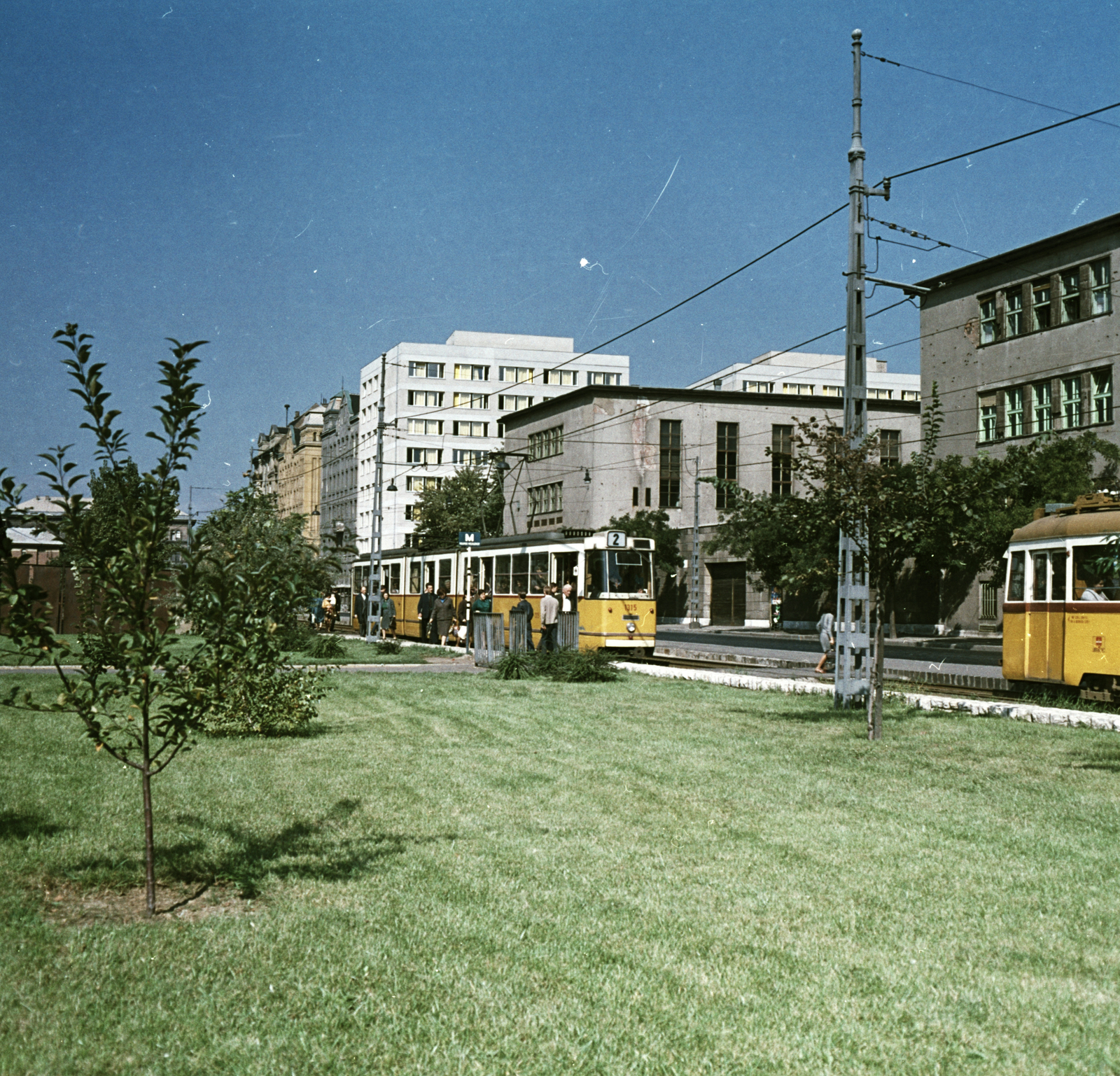
Industrial articulated and UV trams in 1969 in Budapest (Photo: Fortepan, Főmterv)
This name, "industrial articulated tram", is strange from the start. The tram is not a bicycle, which you can probably do it yourself at home, it is clear that it needs an industrial background. In fact, there was also a "homemade articulated" tram in Budapest, known colloquially as Bengali, and it was the first articulated tram used in large numbers in the capital. There had been experiments with articulated trams before, but the Bengali was the first domestically produced articulated tram in large numbers.
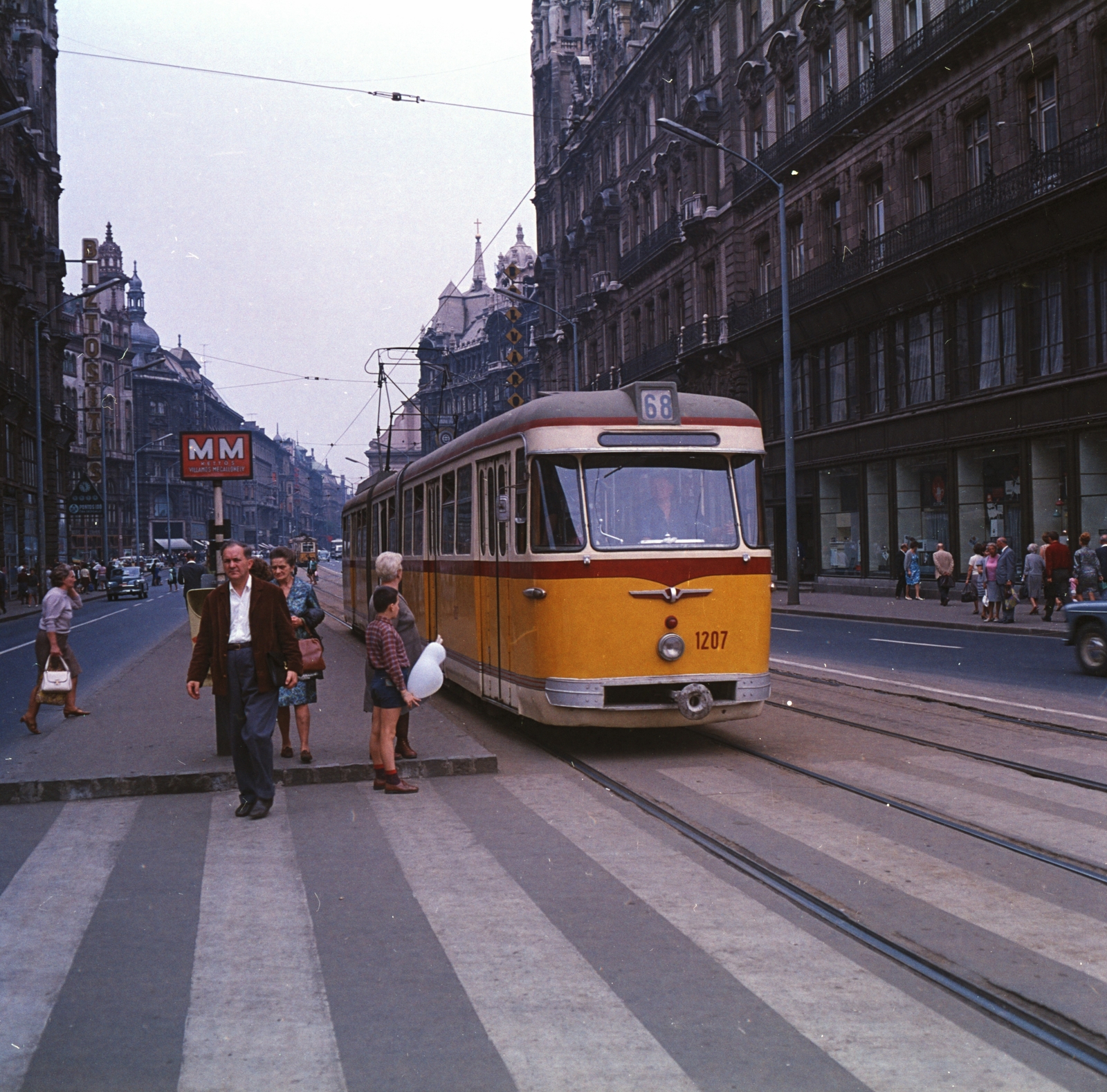
The Bengalis were beautiful, but underpowered for Budapest (Photo: Fortepan, Főmterv)
The Bengalis - which had a great career in the countryside - were made in the in-house workshop of the Budapest Electric Railway (FVV), but they simply proved to be few and far between in Budapest. For this reason, Ganz-MÁVAG and the Ganz Electric Factory introduced their own articulated tram in 1964, which was six-axle, then it was slightly modified and extended to eight-axle, and these were tested in traffic from 1965.
The final versions were put on the market in Budapest in the fall of 1967. As these were manufactured by a large industrial plant, they were designated as industrial articulated ["ipari csuklós" in Hungarian], i.e. ICS type, to distinguish them from the Bengalis. Népszava reported on the new trams as follows on 3 October 1967:
"Four of the state-of-the-art articulated trams that carry 200 passengers promised for the second half of the year have been delivered by Ganz-MÁVAG, and the FVV specialists have already started the technical reception of the cars. It is calculated that by the end of the week, the first four cars will be in service, and according to the decision, the new articulated cars will run on the Danube bank, on the line of route 2."
The first serially produced ICS trams entered service in the first week of October 1967. This tram was a particularly well-made, modern vehicle with a large capacity. Most of the coverage highlighted that they "accelerate well". One of the criticisms against the Bengalis was that they were rather sluggish.
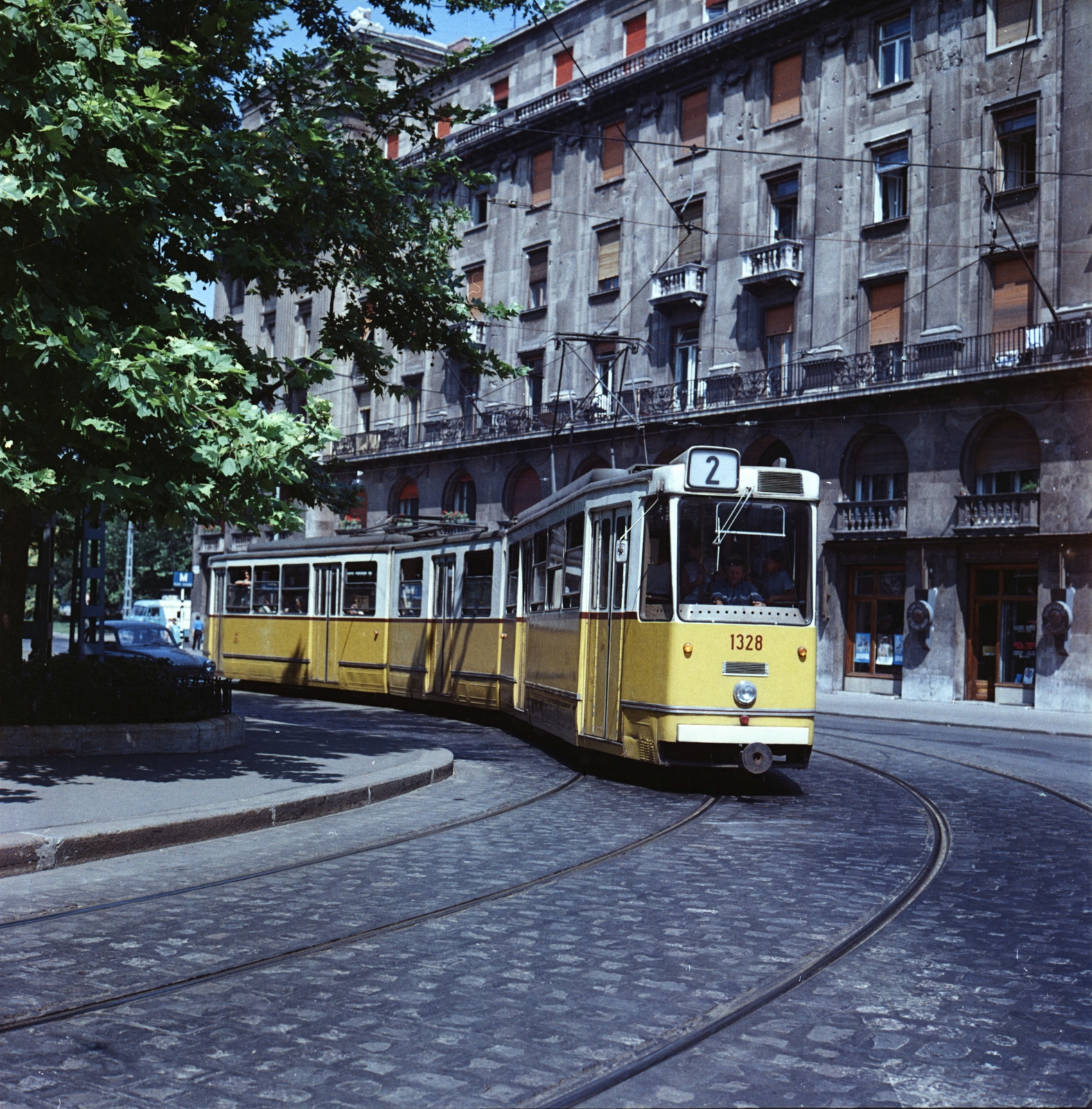
On Tram 2, industrial articulated vehicles still travel, albeit modernised. The picture was taken in 1969 (Photo: Fortepan, Főmterv)
The new tram was large, 26.9 metres long and 2.3 metres wide, and could accommodate a total of 272 people, 32 of whom could sit down. (Later, more seats were placed on them, which reduced the capacity.) The first ones were even equipped with such luxuries as an outward-facing speaker above the doors, i.e., a system for informing boarders, and they also had passenger space heating.
These luxury equipment were abandoned from the later series, the driver got some heating, but he was not yet separated from the passengers. The instrumentation of the driver's cabin was also not very rich, for example, the trams did not have a speedometer either, it was only added to the vehicles delivered in 1977. The following was written about the first few months of the trams in the newspaper Közlekedés on 10 December 1967:
"A total of ten of the new type of articulated trams will be put on the market this year. According to the information we obtained from the Budapest Electric Railway, the car's technical faults emerged during the few weeks of test runs, the reversing gear and the brake equipment often fail. These and other similar errors occur in new cars. According to the promise of the manufacturing company, these technical deficiencies will be eliminated as soon as possible."
Over the next decade, more than 140 such vehicles arrived in Budapest, and in 1977 the UV trams on the Outer Ring Road were also replaced, and they continued to run there for nearly 30 years, until 2006.
Of course, in the last 55 years, a lot of renovations have taken place on the trams, many of them affecting only one or two vehicles, others a larger group of vehicles.
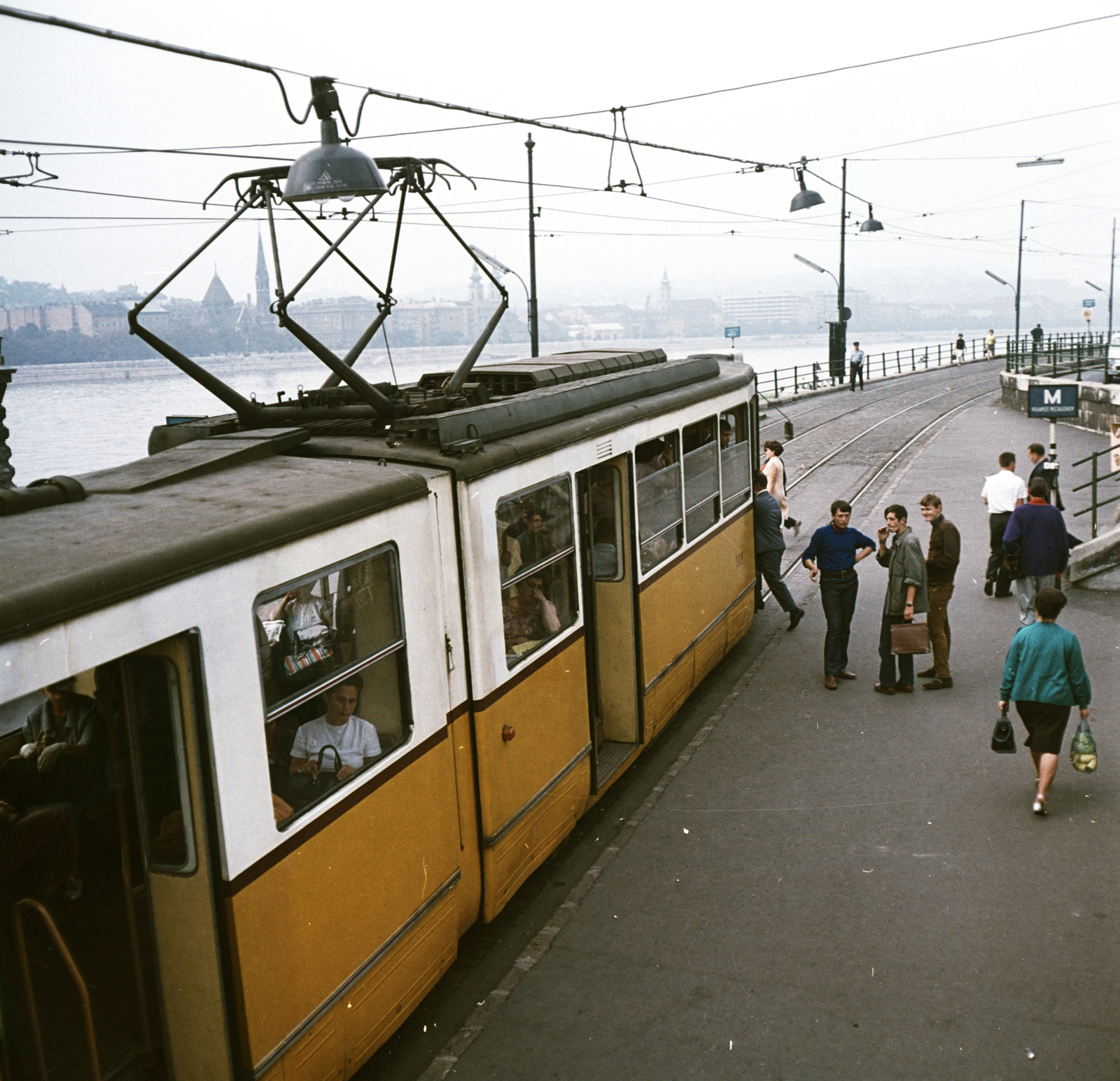
On one of the most beautiful tram lines in the world, on the banks of the Danube, people can still travel with these trams, which were already running here in 1968 when the picture was taken (Photo: Fortepan, Főmterv)
There are still 37 of the trams, most of which belong to the KCSV-7 type, modernised between 1996 and 1999. During this modernisation, the bogies and motors of the trams were replaced with more modern ones, which are now able to generate electricity during braking and feed it back into the network. They got new doors and seats, and the passenger compartment also became heated.
The ICSs were therefore successful vehicles, and there is one more interesting thing about them: they were the last series-produced Hungarian trams. In the 1980s, there was an experiment, the Hungaroplan, which was given the nickname Csufi after its not very attractive appearance [Csúf means ugly in Hungarian], but it did not go any further than the prototype. With the end of the production of ICSs, the Hungarian tram production was essentially finished.
Cover photo: The industrial articulated tram in Budapest in 1970 (Photo: Fortepan, Főmterv)

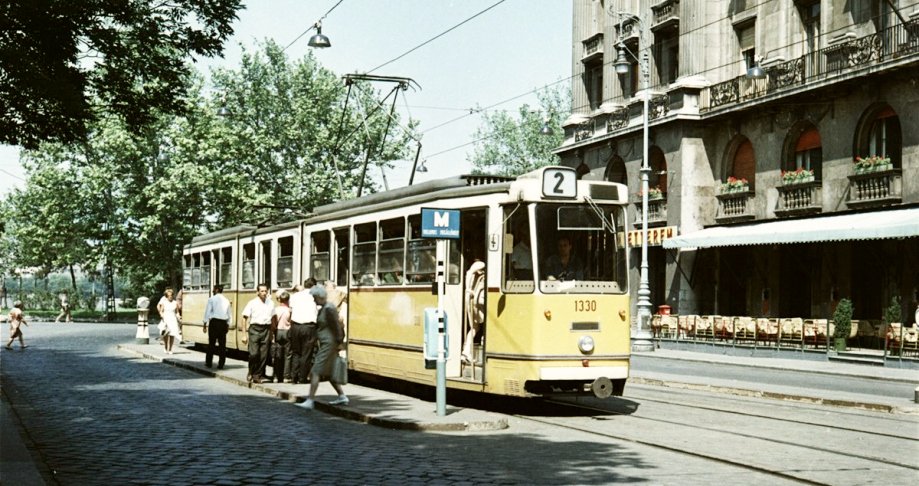


































Hozzászólások
Log in or register to comment!
Login Registration